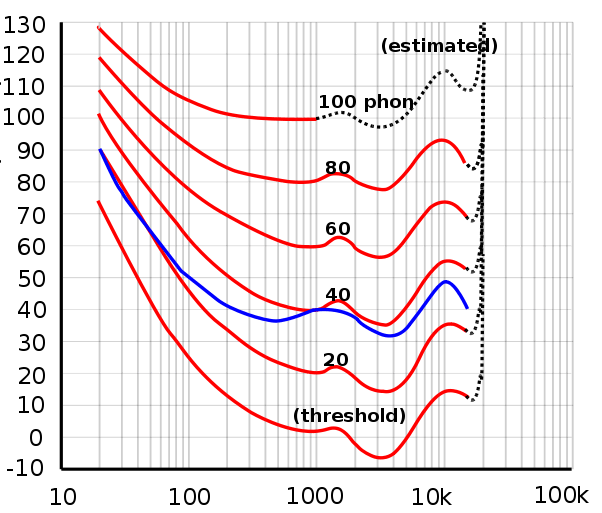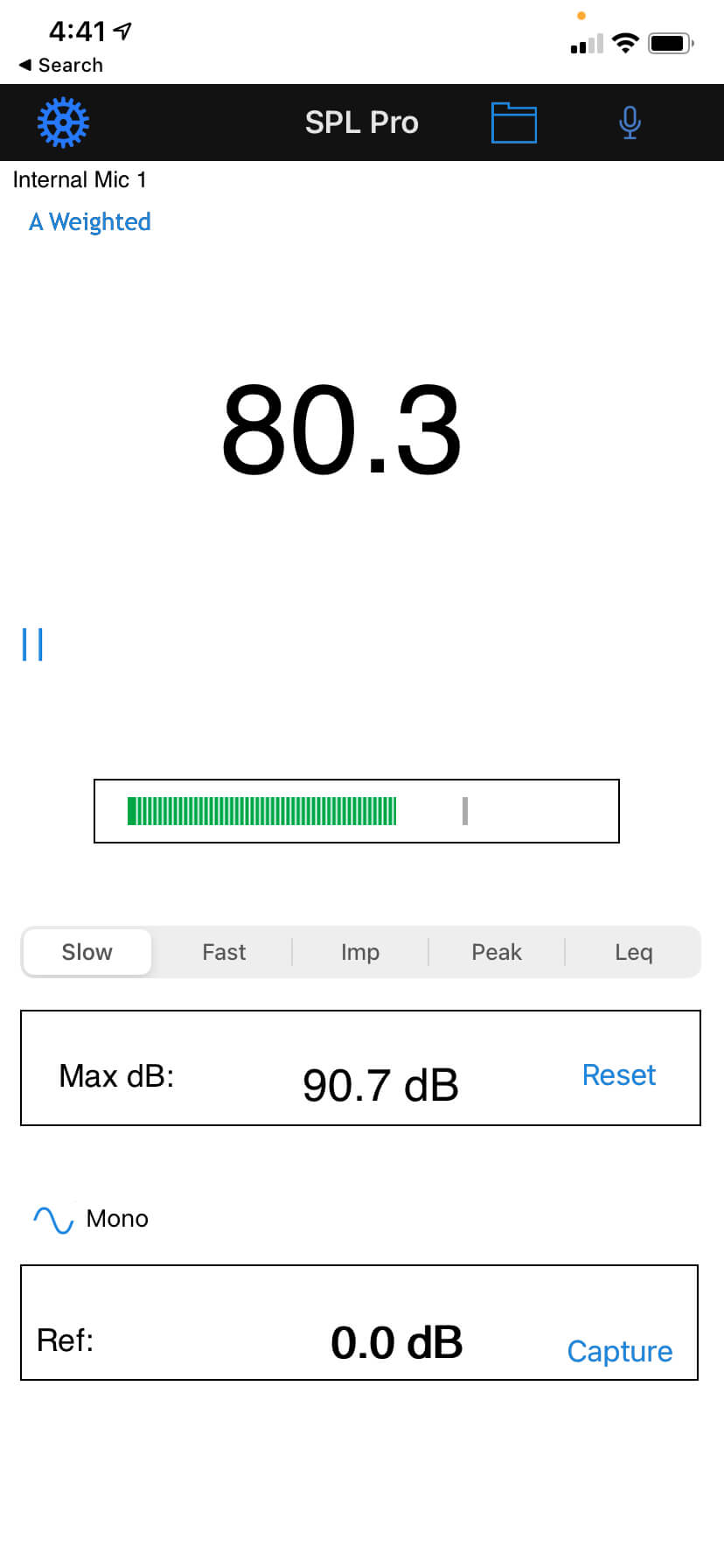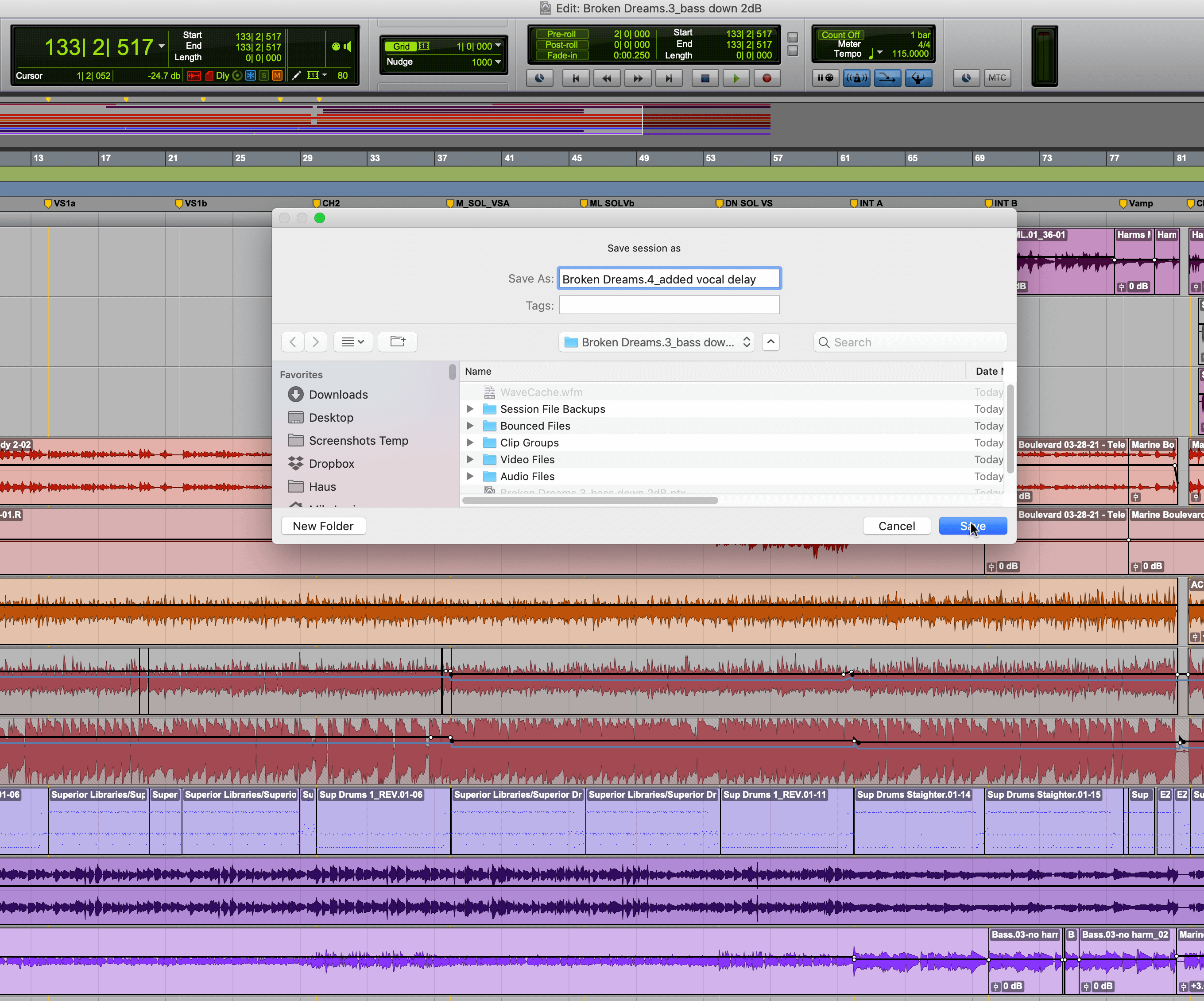Accurate monitoring requires more than just quality monitors and neutral acoustics. You also need to know how to do it effectively. In this excerpt from “Start to Finish: Jacquire King - Episode 21 - Mixing Part 3,” the award-winning producer, engineer and mixer explains how he monitors at a variety of levels when mixing and how that’s helpful.
Up and Down
Jacquire says he switches levels frequently when monitoring. “When it’s too loud it’s exciting, but you get ear fatigue,” he says. “It’s hard sometimes to judge the bass. I find that at lower levels, rhythmic and transient energy [and] vocal levels are a bit more accurate.”
If you’re wondering why it’s harder to judge bass when listening loud, it has a lot to do with how our ears perceive sound. Pioneering experiments by researchers named Fletcher and Munson in 1933 and Robinson and Dadson in 1956 led to the development of the Equal Loudness Contours, which quantify how our ears discern volume at different frequencies.

This graph of the Equal Loudness Contours shows how our ears perceive frequency at different volume levels. The vertical axis shows sound pressure level in dBs and the horizontal shows frequency. Phons are units of measurement for perceived loudness.
Their experiments confirmed that our ears do perceive frequency differently depending on the volume. As the level goes up, the lows and highs seem more pronounced, and the midrange less so. That’s one of the reasons we often perceive louder as sounding better.
Have you ever noticed the “Loudness” button on a stereo receiver? It’s designed to boost bass and treble, thereby simulating what the audio would sound like louder.
So given that, you can see why you wouldn’t want to monitor only at loud levels. You want to make your mix sound good at any volume, which means you need to listen at a range of levels. Jacquire says his monitoring range is typically between 80dB and 90dB.
Read the Meter
According to Jacquire, the level of the lead vocal relative to the instruments is something he always checks at both loud and soft levels.
“I’m going to make sure at a low level that it’s very clear, but it doesn’t feel too separate from the music,” he says. “And then I’m going to turn it up loud and make sure that nothing’s really piercing or poking out.”
Another aspect of the mix that he likes to check loud is its low end. How high to turn up the bass elements is always a critical decision.
In the excerpt, Jacquire uses an app-based SPL (sound pressure level) meter to test the level of his speaking voice when comparing it to his monitoring level.

App-based SPL meters can help you track monitoring levels in your studio.
Hear the Difference
Here’s a quick listening exercise. In the following audio example, you’ll hear an 8-bar section of a mix. Every two measures, the volume changes. On measure three, it goes down -6dB, then on measure five, it comes back up by 3dB, and at measure seven, it goes up another 3dB. Listen to it first, focusing on the low end to hear how that changes—relative to the track—at the different levels. Then do the same thing and focus on the lead guitar. How does its perceived volume change?
There are no right or wrong answers here. It’s just a way to hear the differences in frequency response at varying levels.
No Fatigue
Now, back to the excerpt. When Jacquire talks about avoiding “ear fatigue,” he’s referring to that state that we get into when we’ve been listening too loud for too long. When you get to that point, it’s challenging to make accurate judgments. By keeping his monitoring levels mainly low, he’s able to avoid, or at least delay, the onset of ear fatigue, making it possible to work effectively in mix sessions for more extended periods.
Another way to help prevent ear fatigue is to take regular breaks during mix sessions. About once an hour, turn off the music and walk away for 10 or 15 minutes.
Those breaks will help you mix effectively for longer. But if you’re not on a tight deadline, you’ll get an even bigger benefit if you stop the mix when you feel you’re starting to lose your perspective and let it sit overnight or for a couple of days before you reopen it.
You’ll not only have rested ears but a fresh outlook on the mix. Most likely, you’ll notice some problems that you completely missed at the end of the session the night before or some mix moves you made that you now realize we’re questionable.
A Life Preserver
Because it’s easy to go off the rails at some point when mixing, it’s extremely helpful to have the option to backtrack to earlier versions. The best way to do that is to save incrementally.
The idea is to “save as” new versions of the DAW file every time you make a significant adjustment. Use an incremental numbering system on each save and include a two or three-word description of the change you made. For example, “Song Name.3_vocals up 2dB.”

Saving incrementally with descriptive names gives you a way to easily backtrack when mixing.
This technique is helpful because it gives you a way to return the mix to where it was before you made those dubious 2 AM decisions. If you didn’t save multiple copies from different times during the mix session and just kept saving over the same file, you’d never be able to backtrack to before the point where your mix when south.
It’s good to try to be self-aware enough that you can tell when you’re starting to lose your judgment during a mix session. If at all possible, that’s the time to shut it down for the night.
This whole subject makes one even more respectful of pros like Jacquire, who can successfully mix a song in a single, long session when necessary.